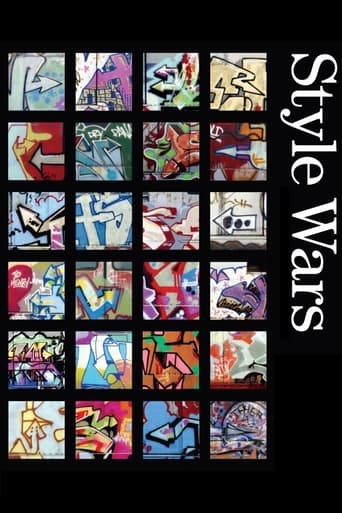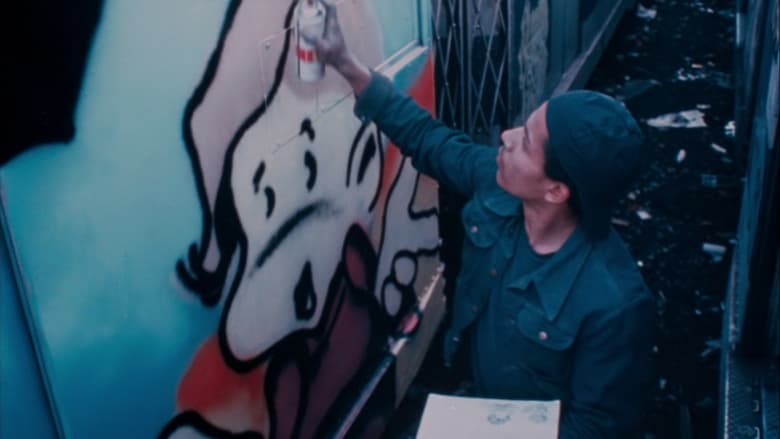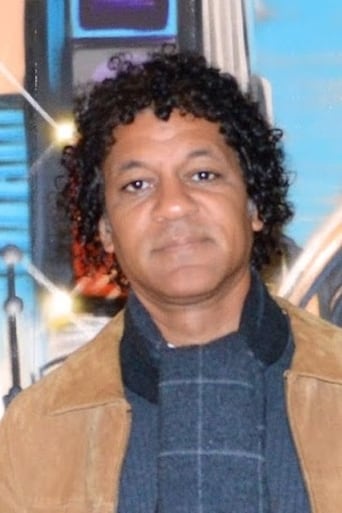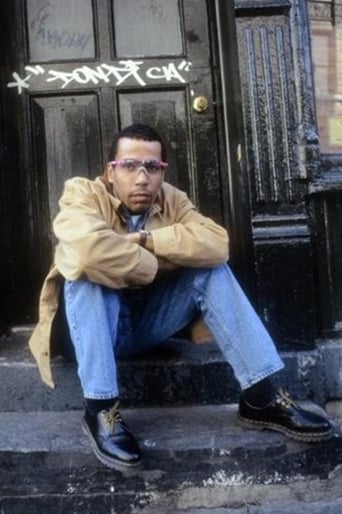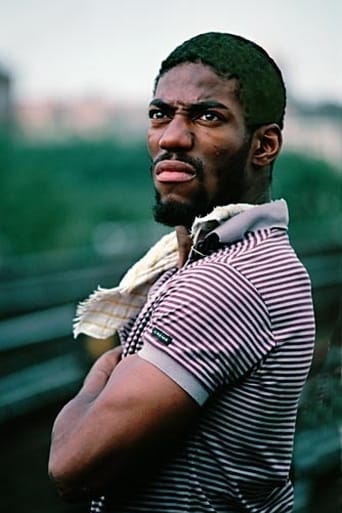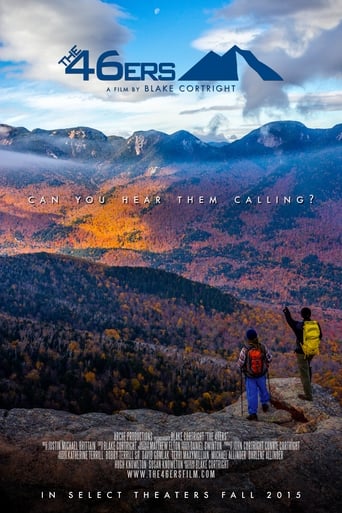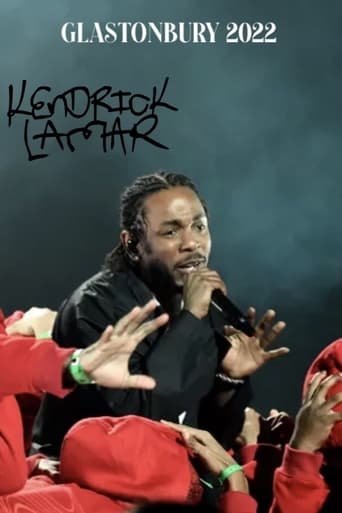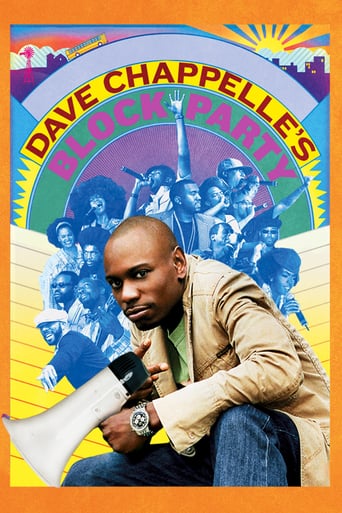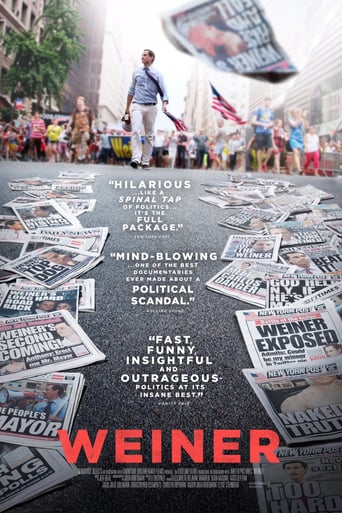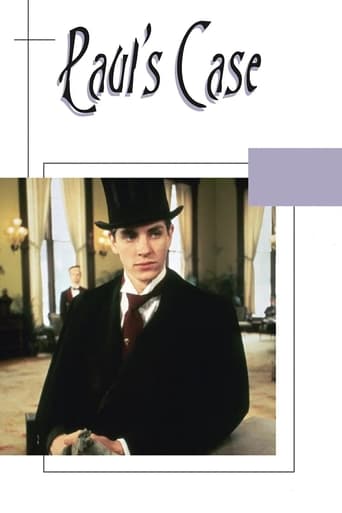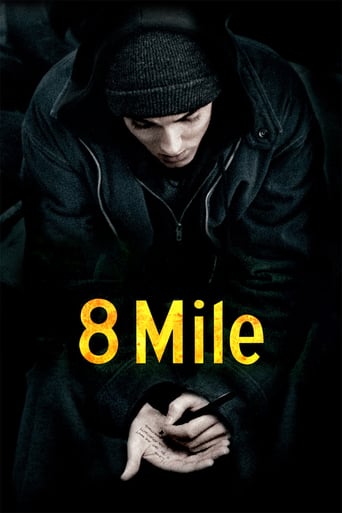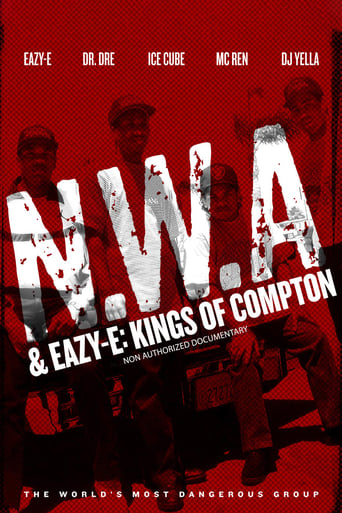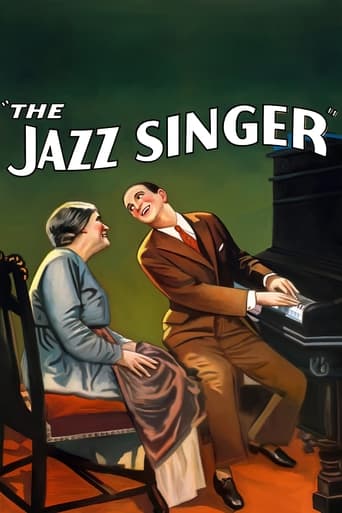Style Wars (1984)
Tony Silver and Henry Chalfant's PBS documentary tracks the rise and fall of subway graffiti in New York in the late 1970s and early 1980s.
Watch Trailer
Cast


Similar titles
Reviews
Plenty to Like, Plenty to Dislike
Fantastic!
When a movie has you begging for it to end not even half way through it's pure crap. We've all seen this movie and this characters millions of times, nothing new in it. Don't waste your time.
There's no way I can possibly love it entirely but I just think its ridiculously bad, but enjoyable at the same time.
New York 1982: So the films first title card states. In a previous review I had expressed my love for the aesthetic of "The Big Apple" in the 1970's and early 1980's. This documentary is expressive of the artistic movement of the time. Poverty and degradation always produces great art and movements that alter popular culture. And it all begins with the underground: or the Subculture. In the late '70's, punk erupted from the Bowery, and in the Bronx came a series of artistic movements that eventually changed the world. From the ghettos hip hop was formed, along with the expressive street dance known as break dancing, which was developed from new, "mixed" beats, and along with this subcultural street form came graffiti. This was a completely new form of expression when this film was produced, but watching this now conjures much more.In the 21st century we have seen the rise of British graffiti artist Banksy, who has essentially revolutionised the form. Still keeping the allure of the artist-as-criminal (in the sense that he has never revealed his identity), Banksy commands millions of pounds/dollars for each piece that he has created. This year in his home town, Bristol, there has been a local government commission of graffiti that even extends into a piece sprayed on to a police station. This is a far cry from the criminality that graffiti held when this film was made. It's incredible that a major part of this once subculture now has become a part of the prime-time television that many watch today. The main thing I am thinking of here is the "street" dance group that was Diversity, who was successful on Britain's Got Talent. This would not have happened had it not been for the ghettos of New York's developing "breakin'". (as a side note, in 1984, the break dance movement was inevitably abused for a Hollywood movie, Breakin' (or as I remember it, Breakdance the Movie (1984)).(Note: as pseudo-gonzo writing (wow that's pretentious), I will go off on tangents in the review, as I am very interested in this subject).We follow in this film several, very young artists, who are incredibly passionate about their art. They are also very articulate. At various times we are shown the creation of pieces that clearly show that these are not random acts of vandalism, but are in fact carefully planned works of expression. As they outline the wall-art, they hold paper sketches that have been planned before "hitting the streets". As the graffiti was never going to be a permanent thing, these artist were smart enough to photograph most of what they created, which shows that they were aware of it's value. Without this much of these would be lost.Of course, just like any art form the quality is varied. But like all art, it is totally subjective. One persons art is another persons idea of the demise of civilisation. The New York art scene did, very early on, embrace this as a form of art, but it was still seen (and to be fair, largely still is) as vandalism. Pop art had previously revolutionised the art world in the 1960's in New York, particularly with Andy Warhol, and he was one of the first to see that graffiti was an extension of this form. He took into his flock Jean-Michel Basquiat, who had started as a street artist, and was catapulted in the art world. Unfortunately his life was short-lived as he died of a heroin overdose in 1988.The film does also highlight (however small it is) the opposite argument of the subject. The outcry of vandalism was palpable at the time. What is shown is the expensive process of the eradication of the "art". But this is less interesting than the world of these artists, who are absolutely involved in every part of these subcultural changes. Each are involved in the art, the dance and the music. On a personal level, I have always appreciated wall art. It certainly makes for more interesting sites on a train journey, when colourful, sometimes beautiful art, adorns the grey walls that line the railway lines. OK, so it's subjective. But then all art is.The contemporary aspect of the film does highlight the absolute racism of this art form. We see young whites interviewed who participate in the work, who say that, whilst the paint used is expensive, it is so much easier for them to enter a shop and purchase $100.00 worth of spray cans, whilst their black and Puerto Rican counter-parts have much problems when doing the same thing.A great piece of contemporary film making, that resonates with our 21st century life. Particularly when viewed with the popular success of our very own Banksy. Things may have changed, but street art is still a crime, simply as the general public cannot accept the difference between art that is displayed in galleries, and the art that we largely pass every day of our lives on our public walls (unless of course it has been authorised by the government).www.the-wrath-of-blog.blogspot.com
Subway Art had the graffiti pictures shot by Martha Cooper and for any up and coming writer this was your bible. So, naturally if you claim you know Hip-Hop and have never heard of Style Wars or Subway Art, well start with Style Wars the documentary and grab a copy of Subway Art. Style Wars was dead on in capturing the energy and youth movement in NYC. The music, art and dance are all there. This is an urban classic! Favorite: Talking to the kids in the Bronx at the "writers bench"Who knew that the art form (graffiti), music (Rap) and dance (breaking) would take the world by storm and become the commercial monster it is today. This is Hip-Hop culture in its most pure form, remembering this is a look at kids who formed a culture around street arts.
While searching my video shop for Hip Hop movies I came across this film. Having not heard of it before and the fact that it was a 70 minute documentary made me a bit skeptic about hiring it, but after reading a quote by Krs-One on the front cover saying it was what I had to see for true Hip Hop I was eager to get it out. It turned out to be a great documentary on graffiti and Hip Hop in the early eighties which I throughly enjoyed.It was interesting to see how mixed the scene was race wise back then. This could be quite funny at times, like seeing a hardcore subway graffiti artist with a tight Van Halen t-shirt on and long red hair. This showed that graffiti, DJing, breaking and MCing weren't all considered Hip Hop back then. To do one didn't mean you were into the other.Style Wars makes you understand the pride and enjoyment the artists get out of bombing trains, but you also realize how awful it is for the government to replace or clean trains and especially how bad it is for one bomber's mother.Style Wars is primarily a documentary on graffiti but it also briefly touches on breaking and MCing. Funny that it doesn't mention DJing as a main part of Hip Hop, since that is considered the original and sometimes most important element these days.Overall, Style Wars is a fantastic documentary and a must see for fans of Graffiti and early Hip Hop.
This documentary on subway grafitti in New York City in the early 1980s had it all: it was beautifully shot, had a great soundtrack, and captured the essence of what was going on in the city after the 70s and under the regime of Mayor Kotch. The best thing about this documentary is how it can be studied on so many levels- it makes you realize why "bombing" is done and what it accomplishes. It helps you understand the psychological reasoning behind it, and how it plays on human character traits such as territorial rights, pursuit and the need for recognition. It shows how graffitti had a strong impact on society, and how it tore some homes apart. A must see- plus a great representation of early hip hop music and style. Love those TWAs! (Teeny Weeny Afros!) 9 out of 10.

